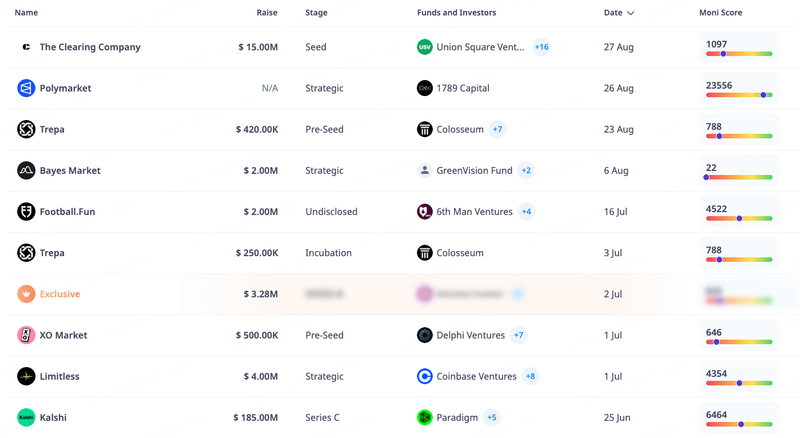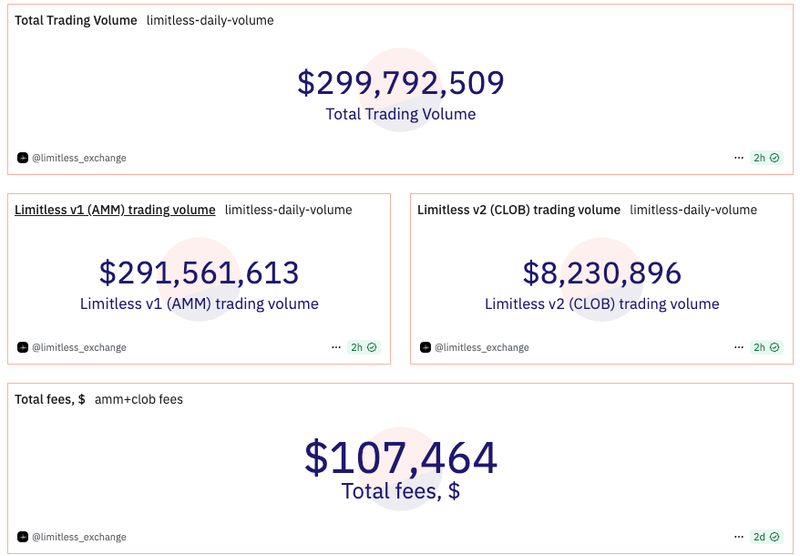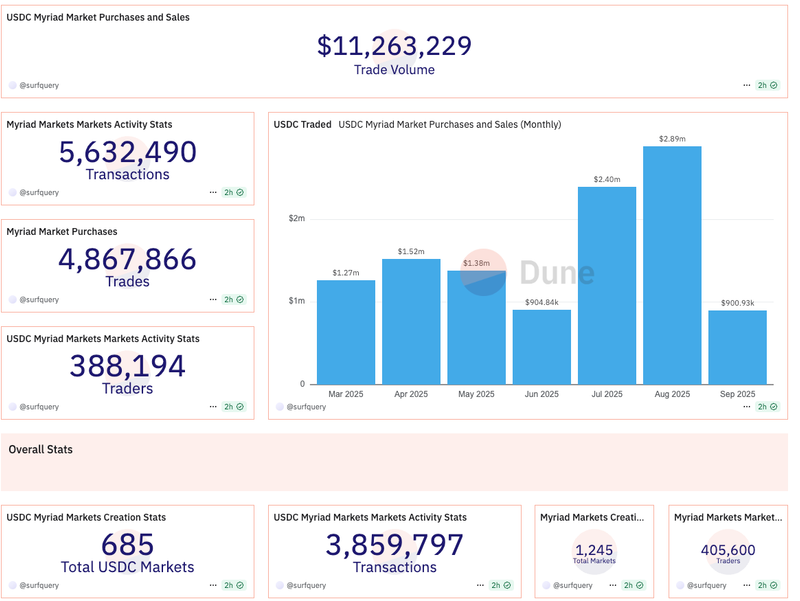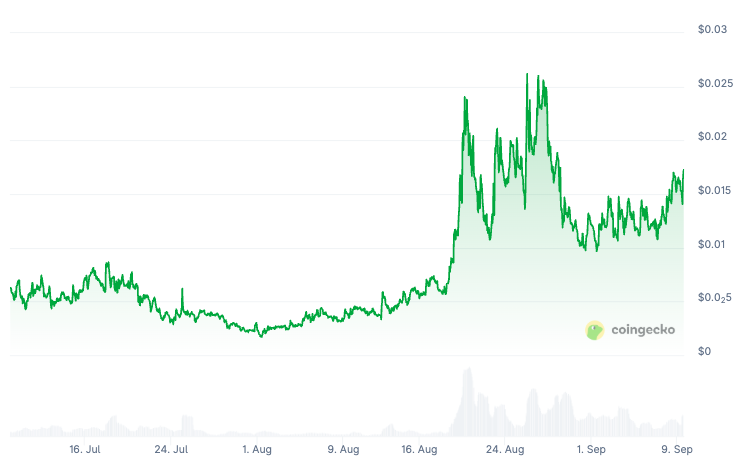BitMart Research—The Development and Outlook of Blockchain Prediction Markets

BitMart Research, the research arm of BitMart Exchange, has released a comprehensive report on blockchain-based prediction markets, examining the sector’s rapid evolution in the wake of Polymarket’s breakthrough performance during the 2024 U.S. election. As traditional polling models falter, decentralized prediction platforms are gaining traction by offering faster, more accurate forecasts with transparent, on-chain mechanisms. Backed by recent funding rounds from top firms like Coinbase and Paradigm, projects such as Kalshi, Limitless, Myriad, and Flipr are redefining both institutional-grade forecasting and social-driven engagement. With dual momentum in regulatory approvals and product innovation, the prediction market sector is poised to emerge as a key component of both the financial and information infrastructure of Web3.
1. Industry Background
The popularity of Polymarket during the 2024 U.S. election marked a turning point for prediction markets, which outperformed traditional polling by providing faster and more accurate forecasts. This demonstrated the principle that “price equals probability.”
In 2025, the sector has seen rapid upgrades in both capital and product development. Nearly ten projects have raised funding since June, with support from Coinbase, Paradigm, and Delphi. The appeal lies in blockchain’s advantages: open participation, transparent and immutable records, and direct financial exposure without intermediaries.
Two clear development paths are emerging. On the compliance side, Kalshi obtained CFTC approval in all 50 states, while Polymarket acquired QCX for U.S. regulatory coverage. On the product side, projects such as Myriad and Flipr embed prediction features into social platforms, Limitless leverages Base chain’s CLOB model for deeper liquidity, and Drift experiments with integrating prediction into leveraged derivatives. Compared to 2024, the market is advancing significantly in compliance, innovation, and user scenarios.
2. Key Mechanism Features
Trading Models:
Order Book: Used by Polymarket and Kalshi, efficient with strong liquidity but vulnerable in thin markets.
AMM: Provides continuous trading without counterparties but is sensitive to low liquidity and parameter risks.
Contract Types:
Binary: Fixed payout on event outcomes, most common for elections and sports.
Categorical: Covers multiple exclusive outcomes.
Scalar: Linked to numerical values such as economic indicators.
Oracles: Platforms like Polymarket use UMA to bring real-world results on-chain for settlement, improving trust and reducing disputes.
Other Factors: Gas costs, UX design, and fee structures shape competitiveness and user retention.
3. Analysis of Leading Projects
Polymarket
Polymarket rose to prominence during the 2024 U.S. election and other global events, outperforming traditional polling with faster and more accurate forecasts. Built on Polygon’s Layer 2 network, it offers low fees, high throughput, and primarily operates binary “YES/NO” markets covering politics, economics, sports, and social topics.
According to PolymarketAnalytics, cumulative trading volume has exceeded $898 million, placing it first globally. However, in terms of user count and open interest, Kalshi has surpassed it. This was largely due to earlier compliance restrictions that blocked U.S. users from accessing the platform. In 2025, this limitation was lifted after the U.S. Department of Justice concluded its investigation in July. Polymarket further strengthened its compliance standing by acquiring QCEX, a CFTC-licensed derivatives exchange and clearinghouse, for $112 million.
In June, Polymarket partnered with Elon Musk’s X to integrate prediction data into Grok, xAI’s AI system, providing real-time predictive feeds and expanding its influence in media and market analytics. While Kalshi is currently the strongest competitor due to compliance and political backing, Polymarket retains advantages in being on-chain, with token issuance expectations creating additional incentives for early participants. With regulatory barriers resolved, Polymarket now has dual growth drivers—blockchain-native incentives and compliance integration.
Kalshi
Kalshi is the first fully regulated prediction market approved by the CFTC, with licenses covering all 50 U.S. states. This status grants it immediate legitimacy with traditional investors and institutions. Unlike blockchain-native platforms, Kalshi allows direct trading on real-world outcomes rather than derivative proxies. Its contracts are primarily binary, covering a broad scope from macroeconomic data (inflation, unemployment) to elections, sports, and even crypto price movements.
Kalshi’s competitive edge lies in compliance, capital, and political connections. The platform has raised over $260 million from leading investors such as Sequoia Capital, Paradigm, and Y Combinator, with a valuation reaching $2 billion. Politically, former CFTC commissioner Brian Quintenz served on its board, and Donald Trump Jr. acts as an advisor, boosting both public influence and regulatory reach. These advantages position Kalshi ahead of Polymarket in user adoption and institutional acceptance.
Limitless
Limitless is a Base-chain prediction platform using a CLOB system similar to centralized exchanges. It supports limit and market orders as well as categorical contracts, with settlement powered by Pyth Network oracles. Markets include crypto, equities, and macroeconomic indicators, with USDC as the settlement asset.
To date, Limitless has processed around $299 million in cumulative volume, with $291 million from V1 and $8.23 million from V2. Total fee revenue stands at $107,000. In July 2025, Limitless raised $4 million in a strategic round led by Coinbase Ventures and 1confirmation, becoming the largest prediction market on Base.
Myriad Markets
Launched by media company DASTAN Inc., Myriad integrates decentralized prediction trading with digital content. Through a Chrome extension, it embeds prediction markets directly into news, social media, and video platforms, enabling “content-as-market” interaction.
Myriad uses an AMM bonding-curve model and supports binary, categorical, and scalar contracts. It has processed 5.63 million trades, with 388,000 active wallets and $11.26 million in total trading volume. Its advantage lies in seamless integration with media ecosystems, offering a new monetization model while fostering sticky user engagement across politics, sports, crypto, and macro themes.
Flipr
Flipr is a social-first prediction interface built on X. Its entry point is Fliprbot, a trading bot that allows users to place bets simply by tagging it in tweets or sending natural-language DMs. It supports leveraged trading, stop-loss/take-profit orders, and volatility protection, while embedding prediction into group chats and communities.
Flipr’s token $FLIPR trades at $0.017 with a market cap of $17.21 million. Unlike Polymarket or Kalshi, Flipr does not compete directly in liquidity or compliance but instead differentiates itself as a social overlay, turning prediction into interactive content and significantly lowering user barriers.
4. Future Outlook
Prediction markets are likely to evolve along a dual-track path:
Mass adoption through social integration: Platforms like Flipr embed prediction directly into conversations, reducing friction and broadening participation.
Institutional adoption through compliance: Platforms like Kalshi leverage regulatory licenses to attract traditional capital and integrate with risk management systems.
This dual approach suggests prediction markets may function both as entertainment and sentiment tools for the public, and as financial infrastructure for professional institutions.Nonetheless, three major challenges remain:
Liquidity constraints: Limited depth increases spreads and undermines trading experience.
Regulatory uncertainty: Straddling gambling and derivatives, prediction markets face legal gray zones in many jurisdictions. Building frameworks that balance decentralization with legal compliance will be critical for mainstream adoption.
Capital efficiency: Without yield-generating mechanisms comparable to traditional financial tools, prediction markets struggle to attract sticky institutional capital.
If these challenges persist, growth will remain speculative and event-driven. However, if capital efficiency and regulatory frameworks improve, prediction markets could scale into core infrastructure for information aggregation, risk management, and financial innovation.
About BitMart
BitMart is a premier global digital asset trading platform with more than 12 million users worldwide. Consistently ranked among the top crypto exchanges on CoinGecko, BitMart offers over 1,700 trading pairs with competitive fees. Committed to continuous innovation and financial inclusivity, BitMart empowers users globally to trade seamlessly. Learn more about BitMart at Website, follow their X (Twitter), or join their Telegram for updates, news, and promotions. Download BitMart App to trade anytime, anywhere.
Risk Warning:
The information provided is for reference only and should not be considered a recommendation to buy, sell or hold any financial asset. All information is provided in good faith. However, we make no representations or warranties, express or implied, as to the accuracy, adequacy, validity, reliability, availability or completeness of such information.
All cryptocurrency investments (including returns) are highly speculative in nature and involve significant risk of loss. Past, hypothetical or simulated performance is not necessarily indicative of future results. The value of digital currencies may rise or fall, and there may be significant risks in buying, selling, holding or trading digital currencies. You should carefully consider whether trading or holding digital currencies is suitable for you based on your personal investment objectives, financial situation and risk tolerance. BitMart does not provide any investment, legal or tax advice.





